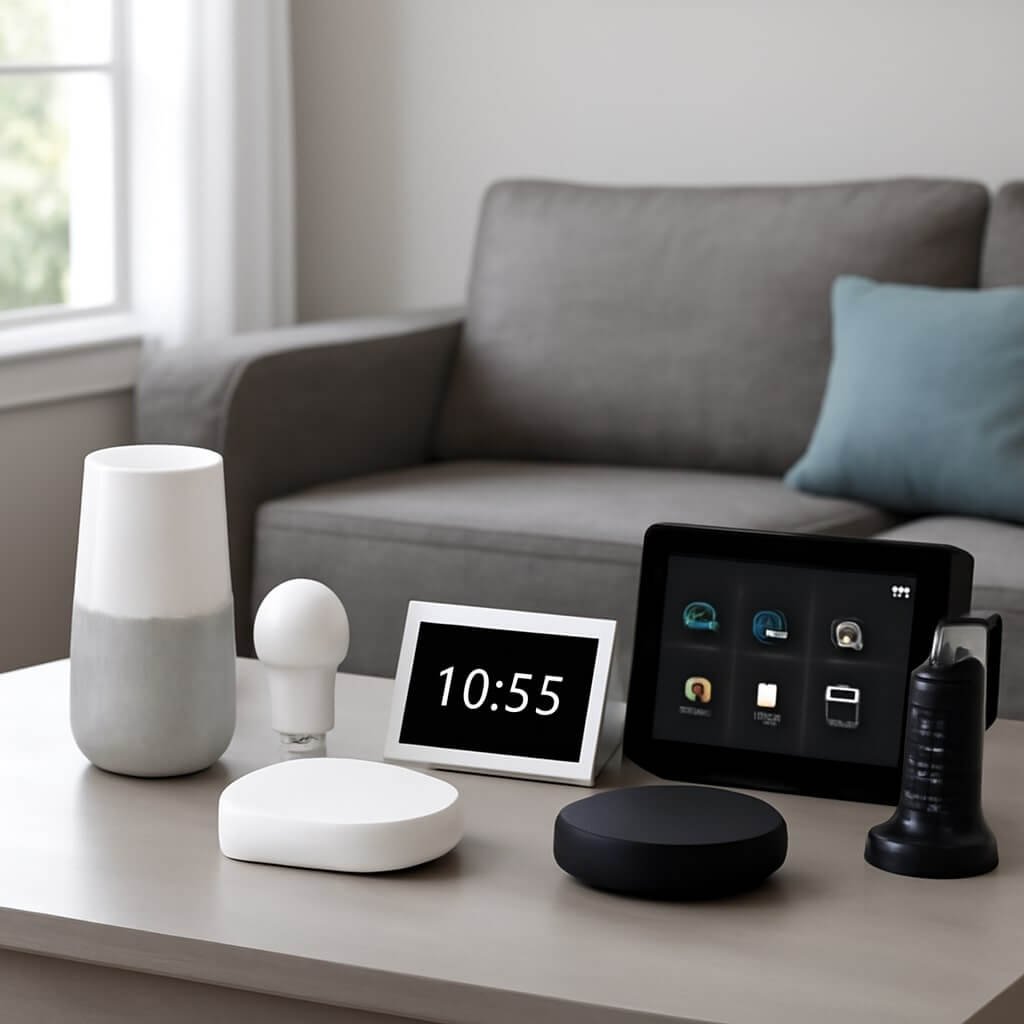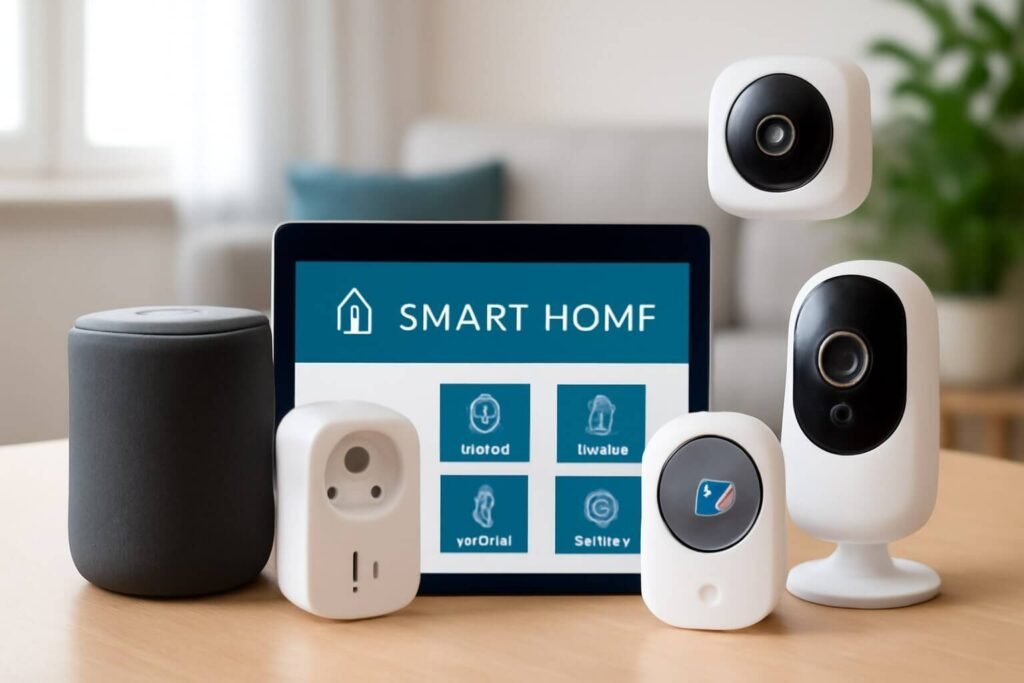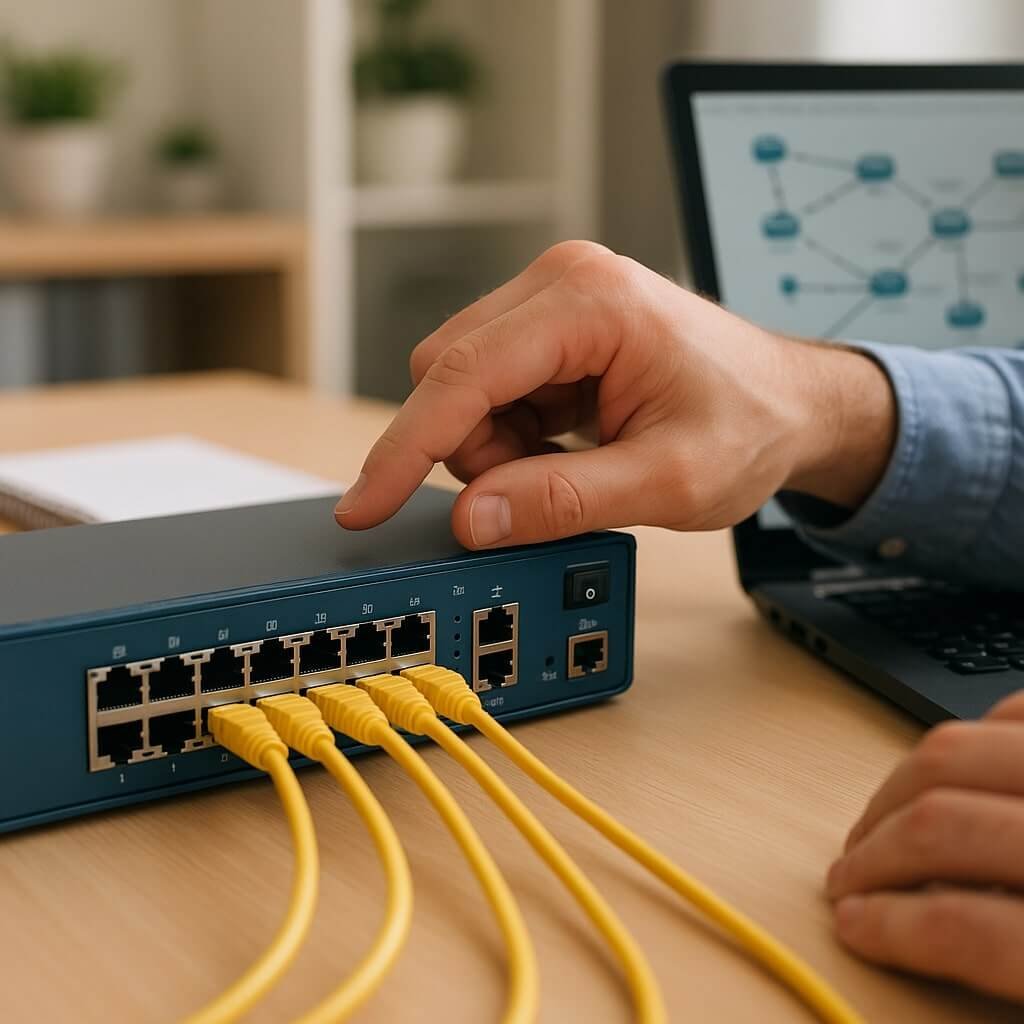Smart home automation systems have revolutionised the way we interact with our living spaces. From adjusting lighting with a voice command to managing security remotely, these systems add convenience, safety, and efficiency to modern homes. This ultimate guide will explore the top 7 smart home automation systems, offering honest reviews and insightful comparisons to help you make an informed decision.
Introduction to Smart Home Automation Systems
Smart home automation is no longer a futuristic concept — it’s a reality that millions embrace daily. With advancements in technology, homeowners can now control various devices from a central hub or smartphone, enhancing their lifestyle with ease. The smart home market has grown exponentially, driven by user demand for convenience, energy savings, and security.
Whether you’re a tech-savvy enthusiast or a first-time buyer, understanding smart home automation systems is essential to picking the right fit for your needs. This article covers everything from basic definitions to detailed reviews of the leading systems available today.
What is Smart Home Automation?
Smart home automation refers to the integration of devices and systems in a home that can be controlled remotely or programmed to perform tasks automatically. It typically involves the use of smart devices like thermostats, lighting, security cameras, locks, and appliances that communicate through a network.
Benefits of Smart Home Automation
- Convenience: Control your home’s functions from anywhere via apps or voice commands.
- Energy Efficiency: Automate lighting and climate controls to reduce unnecessary energy use.
- Security: Monitor and manage your home’s safety features remotely.
- Comfort: Create personalised environments with ease.
- Accessibility: Assist elderly or disabled individuals with automated controls.
Key Components of Smart Home Systems
Smart home systems usually include:
- Central Hub or Controller: Acts as the brain connecting all devices.
- Smart Devices: Sensors, cameras, locks, lights, thermostats.
- Apps and Interfaces: For managing and programming the system.
- Voice Assistants: Integration with Amazon Alexa, Google Assistant, or Apple Siri.
Criteria for Choosing the Best Smart Home Automation System
When deciding on the right system, consider:
- Compatibility: Does it support your existing devices?
- Ease of Use: How intuitive is the interface?
- Security: What safeguards protect your data and devices?
- Scalability: Can the system grow with your needs?
- Cost: Initial investment plus long-term maintenance.
- Customer Support: Availability and quality of service.
Top 7 Smart Home Automation Systems Reviewed
1. Amazon Alexa Ecosystem
Amazon Alexa is one of the most popular smart home platforms, known for its broad compatibility and user-friendly voice commands.
Features:
- Wide range of compatible smart devices.
- Alexa Skills for custom functions.
- Multi-room audio and routines.
Pros:
- Extensive device support.
- Affordable Echo devices.
- Strong developer community.
Cons:
- Privacy concerns with always-listening devices.
- Some features require a subscription.
Ideal For: Users looking for a flexible, voice-controlled smart home with many third-party options.
2. Google Nest
Google Nest focuses on seamless integration with Google services and AI-powered automation.
Features:
- Smart thermostats and cameras.
- Google Assistant voice control.
- Automated routines based on user habits.
Pros:
- Excellent AI integration.
- Clean, simple interface.
- Strong security features.
Cons:
- Less third-party device compatibility compared to Alexa.
- Higher price point for some devices.
Ideal For: Android users and Google ecosystem enthusiasts seeking smart climate and security controls.
3. Apple HomeKit
Apple HomeKit offers a privacy-first approach with seamless integration across Apple devices.
Features:
- End-to-end encryption.
- Siri voice control.
- Home app for centralised management.
Pros:
- Robust privacy and security.
- Easy setup for Apple users.
- Supports automations and scenes.
Cons:
- Limited device compatibility.
- Requires Apple devices for full features.
Ideal For: Apple ecosystem users prioritising privacy and integration.
4. Samsung SmartThings
SmartThings provides a versatile platform supporting a wide array of devices and protocols.
Features:
- Hub supporting Zigbee, Z-Wave, and Wi-Fi.
- Powerful automation rules.
- Cloud and local processing options.
Pros:
- Supports many device types.
- Good for advanced automation.
- Reliable connectivity.
Cons:
- Initial setup can be complex.
- Occasional cloud service outages.
Ideal For: Users wanting flexibility and advanced control over diverse devices.
5. Wink Hub
Wink Hub is known for its user-friendly approach and wide device compatibility.
Features:
- Supports Zigbee, Z-Wave, and Wi-Fi.
- Simple mobile app.
- Automations and notifications.
Pros:
- Easy to set up.
- Supports many brands.
- Affordable hardware.
Cons:
- Subscription required for some features.
- Company stability concerns.
Ideal For: Beginners seeking a hassle-free smart home experience.
6. Hubitat Elevation
Hubitat Elevation emphasises local control and privacy, minimising cloud dependence.
Features:
- Local automation processing.
- Supports Zigbee and Z-Wave.
- Advanced rule creation.
Pros:
- Enhanced privacy.
- Fast response times.
- No ongoing fees.
Cons:
- Steeper learning curve.
- Limited official support.
Ideal For: Tech-savvy users wanting complete control and privacy.
7. Logitech Harmony
Logitech Harmony focuses primarily on smart home entertainment control.
Features:
- Universal remote control.
- Voice assistant compatibility.
- Device activity automation.
Pros:
- Excellent for media devices.
- Compatible with most entertainment systems.
- User-friendly app.
Cons:
- Limited to entertainment-focused automation.
- Discontinued hardware line (availability varies).
Ideal For: Users prioritising home theatre automation.
Installation and Setup Tips for Smart Home Systems
Setting up your smart home system correctly ensures smooth operation. Here are some tips:
- Start small with essential devices.
- Ensure strong Wi-Fi coverage throughout your home.
- Follow the manufacturer’s instructions carefully.
- Use dedicated apps for configuration.
- Test device compatibility before full purchase.
- Regularly update device firmware.
Security Concerns and How to Protect Your Smart Home
Smart homes are potential targets for cyber threats. Protect your system by:
- Use strong, unique passwords.
- Enabling two-factor authentication.
- Keeping firmware and software updated.
- Segmenting smart devices on a separate network.
- Disabling unnecessary features like remote access if unused.
- Regularly monitoring device activity.
Integration with Other Smart Devices and Services
Most smart home systems support integration with:
- Smart lighting (Philips Hue, LIFX).
- Thermostats and HVAC controls.
- Security systems and cameras.
- Voice assistants.
- Entertainment devices.
Using platforms like IFTTT or built-in routines enhances functionality and convenience.
Cost Analysis: Are Smart Home Systems Worth the Investment?
Smart home automation involves upfront costs for hubs and devices, plus possible subscriptions. However:
- Energy savings on heating, cooling, and lighting can lower bills.
- Increased home security may reduce insurance premiums.
- Convenience and comfort add intangible value.
Overall, well-chosen systems pay off over time by improving lifestyle quality and home efficiency.
Future Trends in Smart Home Automation
Emerging technologies shaping smart homes include:
- AI-driven predictive automation.
- Increased device interoperability.
- Enhanced voice recognition.
- Greater focus on privacy.
- Integration with 5G and edge computing.
These trends promise smarter, more intuitive homes ahead.
FAQs About Smart Home Automation Systems
Can I install a smart home system myself?
Yes, most systems are designed for DIY installation with clear instructions and app support.
Are smart home devices compatible across brands?
Compatibility varies; choosing a system with broad device support or open protocols is advisable.
How secure are smart home systems?
Security depends on the manufacturer and user practices; always follow best practices to minimise risks.
Do smart home systems work without the internet?
Some basic functions may work locally, but many rely on cloud services for full functionality.
Can smart homes save energy?
Automation can optimise energy use by adjusting lighting and climate controls.
What happens if the smart home system fails?
Most systems allow manual control of connected devices as a fallback.
Conclusion: Which Smart Home Automation System is Right for You?
Choosing the best smart home automation system depends on your priorities—whether it’s ease of use, privacy, compatibility, or advanced control. Amazon Alexa and Google Nest offer broad ecosystems for casual users, while Apple HomeKit is perfect for those in the Apple environment. For tech enthusiasts, Samsung SmartThings or Hubitat Elevation provide deep customisation and privacy.
Evaluate your needs, budget, and tech comfort level, and you’ll find a smart home system that truly enhances your living experience.






